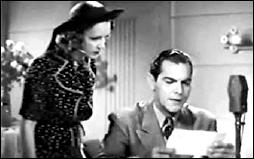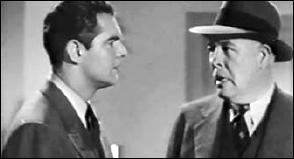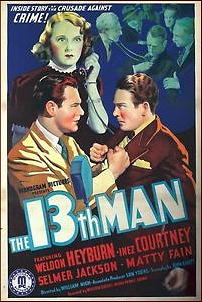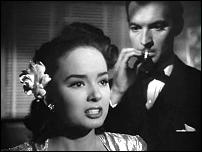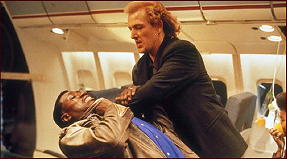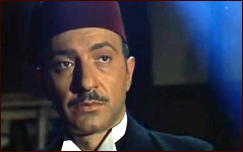Tue 27 Sep 2016
A Western Review: MAX BRAND – Valley Thieves.
Posted by Steve under Reviews , Western Fiction[2] Comments
MAX BRAND – Valley Thieves. Dodd Mead, hardcover, 1946. Reprinted many times, including Pocket #668, paperback, January 1950. First serialized in Western Story Magazine, Oct 28–Nov 25, 1933.
Jim Silver, also known as Silvertip, so called for the small tufts of gray hair up above his temples, comes on the scene relatively late in this tale, but the story’s a doozie from page one on. A newcomer to the West, a bold braggadocio of a man, but likeable for all that, tells a woman who has quickly caught his fancy that he can bring her Jim Silver’s horse for her to ride, but not only that, but the wolf who is the man’s constant companion.
No one, of course, believes him, but lo and behold, that is exactly what he does. But then disaster happens, as both horse and wolf are stolen from him. It seems that Barry Christian, Silver’s mortal enemy, recently escaped from prison, may have had a hand in it, but no matter who the thief may be, it is essential that both Parade and Frosty must be found and returned to their master.
When it comes to the Silvertip series, Max Brand was not just writing westerns, he was writing legend. He was writing mythology. Jim Silver is the purest, the most honest man you could ever hope to know, and if he is on your trail, you had best never sleep at night.
The result, the book at hand, is one with the substance of cotton candy, and as enjoyable. To allow the series to continue, or so my sense of the matter is, the tale ends both a little abruptly and predictably, but until then, it’s a mile a minute through some of well-designed Western prose you’ll ever read, bar none.
The Silvertip series —
1. Silvertip, 1941.
2. The Man from Mustang, 1942.
3. Silvertip’s Strike, 1942.
4. Silvertip’s Roundup, 1943.
5. Silvertip’s Trap, 1943.
6. The Fighting Four, 1944.
7. Silvertip’s Chase, 1944.
8. Silvertip’s Search, 1945.
9. The Stolen Stallion, 1945.
10. Valley Thieves, 1946.
11. Mountain Riders, 1946.
12. The Valley of Vanishing Men, 1947.
13. The False Rider, 1947.
This list is tentative and subject to verification. Publication dates are of those of the hardcover editions, not the prior magazine versions.
